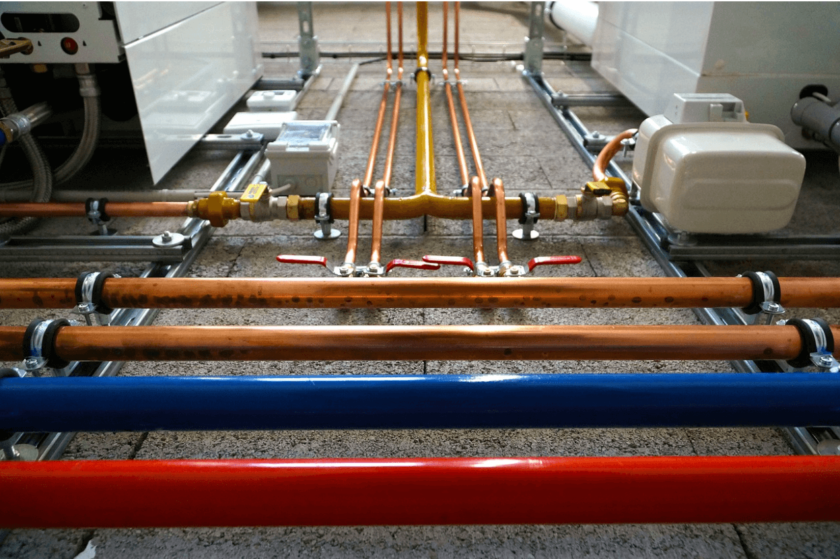In many parts of the country, people are reaching for their thermostats to turn up the heat to prepare for winter. Without these heating systems in place, many homeowners would be in for a couple of cold months.
While many houses need to stay warm all winter long, the way they stay warm isn’t always the same. With that in mind, this article is going to take a closer look at a few of the different heating systems that homeowners can install and use in their homes.
Furnace
The first and most common type of heating system in most homes is the furnace. This system works by a furnace creating warm air, and circulating it throughout the home via ductwork. These are often powered by natural gas, but can also be electric. These same ducts can also be used in the summer alongside your air conditioner.
Most gas-powered furnaces have a metal heat exchanger that is heated by flames, and then air is passed through this exchanger, which heats it and prepares it for its journey throughout your home. The warm air will enter different rooms through the vents and registers throughout the home.
These systems should be maintained annually to keep them in the best shape possible. Be sure to visit Morris Jenkins or another trusted company to handle the maintenance, to ensure everything is tested and inspected properly.
Heat Pump
Another common option is the heat pump. Heat pumps are not only great for heating your home in the winter, but can also cool your home in the summer. Of course, before you invest in this type of heating solution, it is important to know how a heat pump works.
Simply put, these systems transfer heat from one place to another. In the winter, this system will pull in heat from the outdoors and bring it inside. These systems use electricity and compression to extract some heat from the cold winter weather, and deliver it throughout your home, normally by some type of forced-air system.
Because of how they work, heat pumps are very efficient and there are multiple different options including air source heat pumps and ground source heat pumps.
Radiant Heating

Another choice for homeowners is radiant heating. This is essentially when hot water or electricity is sent through tubing, that helps to heat your home. There is radiant floor heating, but even the option for putting this tubing in your walls or ceiling.
There is no need for ductwork with this type of system, and it is very easy to control the temperature and ensure your space is always perfect. These systems can last a while, and are quite efficient, but installing them is a large and expensive job. Also, making repairs on these systems can be expensive, too.
In conclusion, we hope that this article has been able to help you learn more about the various smart heating systems you can have in your home.

